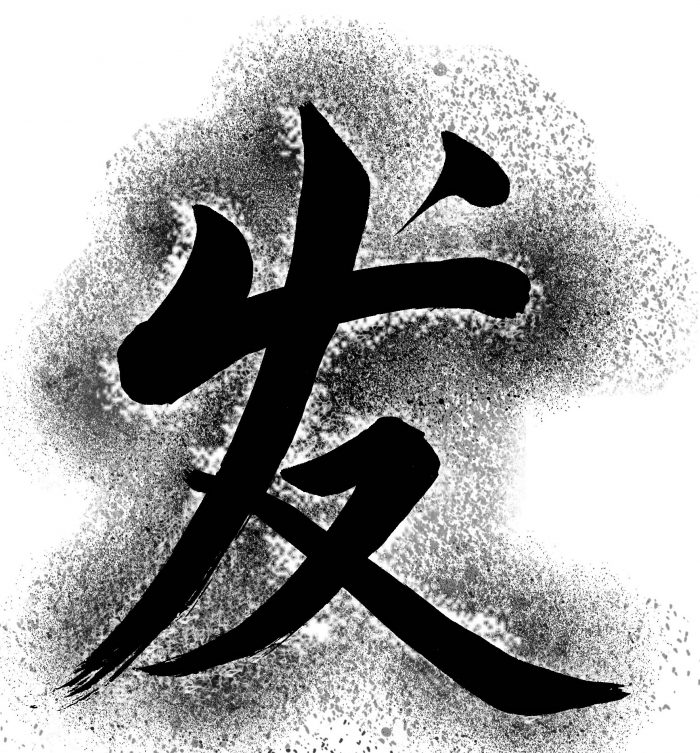Following my mother’s death three years ago, I received heartfelt correspondences from across the country via the U.S. Postal Service, social media, texts, and email.
What struck me at the time was the stark contrast between my response to cards and letters versus electronic communications. Handwritten notes elicited a depth of emotion I did not feel while reading condolences on a screen. My knee-jerk conclusion was that the card and letter sending group had made more of an effort. In the weeks that followed, as I looked at them side by side, this wasn’t true. I received beautifully rendered digital messages bearing as much personalization and choice wording as the handwritten notes.
A month later, I decided to conduct a non-scientific experiment. On my laptop, I had my wife and two friends type the first line from the Robert Frost poem, The Road Not Taken. Then I had them do the same with pen and paper, asking that they write in cursive. When they were finished, I posed a number of questions, closing with: Which line of verse do you feel more of a connection to? Without pausing, all three indicated their handwritten versions. When I asked why, it got interesting.
My friend Ted reached out, and touching his handwriting, said, “Because that’s me.” My friend Tony said, “The way the words are postured…I know they’re mine. It’s like they’re my surrogates.” My wife said, “If I came across this is in a pile of papers I would just know it’s mine.” When I pressed her as to how she would know, she said with certitude, “I-would-just-know.”
The word “mine” continually came up when referring to the handwritten words, whereas “those” was used when describing the text on the screen. The use of “surrogates” and “posture” both added a degree of personification. And when my wife said, “I would just know,” it pointed to that intangible element I felt when reading letters of condolence.
After a week of this anecdotal data churning around in my mind, I recalled an exhibit I visited while living in Kyoto, Japan. On the walls of the National Museum, hung single characters brushed by Zen calligraphers. At the time, I thought the lone ideographic figures, brushed with black ink onto white mulberry paper, spoke to Japanese minimalism. I was wrong.
For more than a millennium, Zen calligraphers have meditated and practiced physical exercises prior to dipping their brushes in ink. Inherent to the discipline is the assertion that in order to be a useful conduit for the elemental energy, Qi, one has to foster a calm and fluid internal environment. Seasoned practitioners state with conviction that they can recognize if a given piece was created in a tranquil or distracted state.
Sound hokey? In the early `80s, Panasonic put it to the test.
Tesshū was a calligraphic prodigy, and then master, in the second half of the 19th century. Panasonic took five pieces composed over the course of his life. With an electron microscope, they photographed Tesshū’s work, magnifying isolated segments 50,000 times their original size. Corresponding to his maturation as a calligrapher, images revealed a subtle but steady movement from overcrowded and clumpy ink particulates to groupings that displayed congruity, vibrancy, and flow.
Shozo Sato, calligraphy master and professor emeritus at University of Illinois Urbana’s School of Art and Design, recalls during his first visits to museums in Kobe, his teachers telling him, “Open your heart to these characters and you can communicate with the artist.”
Taking all of this into consideration, I was left with an answer and a question. The answer: There is more to what we read and write than content, syntax, and even context. The question: With the digitization of language, have we lost an ethereal component, however indescribable, essential to meaningful written communication?
The Christmas following my mother’s death, her best friend, Cass, wrote me a letter. Her phrasing expressed a deep yearning for her lifelong confidante, while her impeccable handwriting danced across the page with a posture and singularity only she could have written. And with my heart open, we were able to share a grief accentuated by something I can only sense, but that Zen calligraphy masters and Panasonic tell me is real.










Read 1 comment and reply